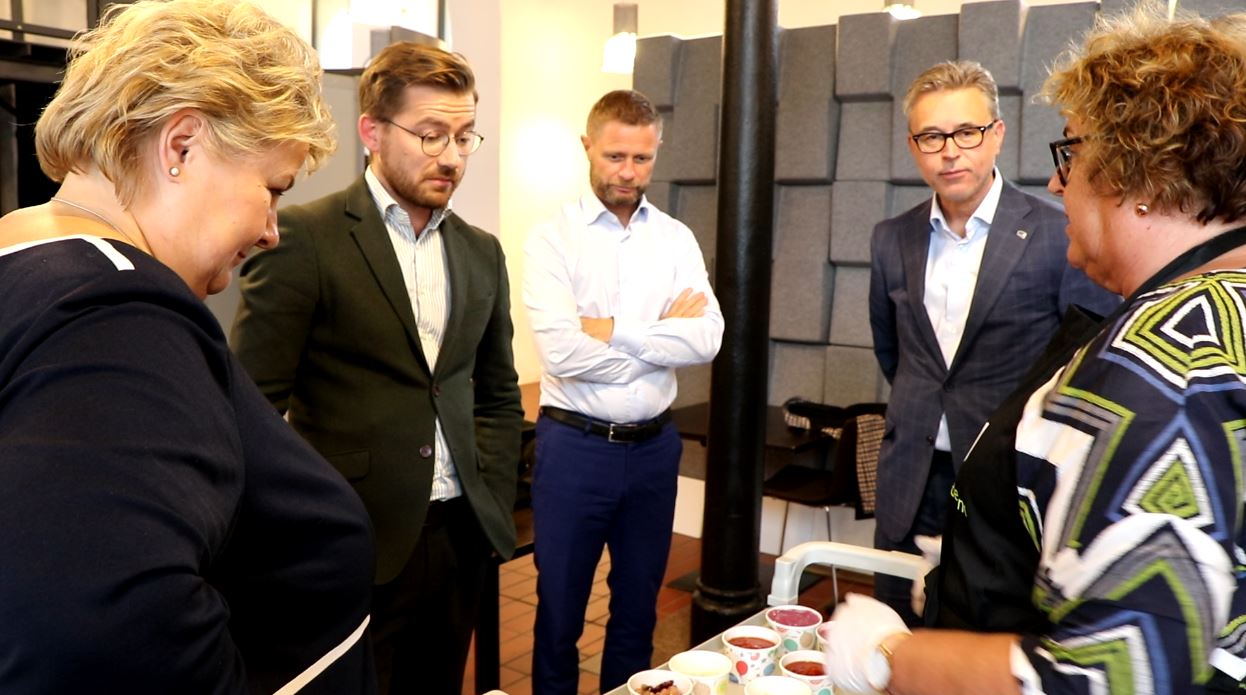Norway

date: 22/10/2020
‘Best before’ does not mean ‘bad after’
Throwing away less food requires that awareness is raised about the food loss and waste issue, by providing relevant information, proposing solutions and offering guidance on various aspects of this challenge, such as on date marking. More and more products are labelled with the text 'often good after' right after the text 'Best before'. Norwegian authorities consider that this is a step in the right direction, as it makes consumers more aware that these products are often of good quality after the 'Best before' date. "We must use our sensory apparatus to determine this", says the Norwegian Minister of Health and Care Services Bent Høie. 'Use by' is about ensuring food safety, while 'Best before' relates to the quality of the food.
Agreement on 50% reduction in food waste by 2030
Every year, Norway throws away 390.000 tonnes of food at a value of NOK 22 billion (equivalent to 1.3 million CO2 annually). In line with the United Nations Sustainable Development Goal Target 12.3, the Norwegian government set a goal of a 50% reduction in food waste by 2030. In this context, 12 Norwegian organizations across the entire food value chain, from farmers to catering businesses, signed an industry agreement to reduce food waste. Overall, 103 food business operators committed themselves to take action.
The agreement has been an effective tool to reduce food waste, and Norway is on schedule to attain the first sub-goal of a 15% reduction by 2020. In recent years (2015-2018), the Norwegian food industry has reduced food waste by 12%, as well as greenhouse gas emissions and economic losses. "This is a true win-win measure for all parties involved", says Minister of Climate and Environment Sveinung Rotevatn.
Improved 2020 food loss and waste figures
Proper handling of raw materials helps extend the shelf life of food products. "Efforts to maintain quality is therefore an important factor in reducing food waste in the seafood area", says Minister of Fisheries and Seafood Odd Emil Ingebrigtsen.
"And this year, agriculture will be involved in monitoring its own levels of food waste", says Minister of Agriculture and Food Olaug Bollestad. This is extremely helpful, since better statistics on food loss and waste in agriculture will make it easier to effectively target all subsequent measures. "Agricultural associations are among the organizations that are signatories to the industry agreement on food waste, and they actively work to reduce food waste in their segment of the value chain", says Bollestad.
Consumer studies on food waste at household level
On average, every Norwegian throws away one out of every eight shopping bags of food. However, two studies indicate that consumers throw away less food after the COVID-19 outbreak.
"It is very good news that consumers are now throwing away less food. This shows that measures to raise consumer awareness actually work", says Minister of Consumer Affairs Kjell Ingolf Ropstad.
Related links:
- Ministry of Agriculture and Food
- Ministry of Children and Families
- Ministry of Climate and Environment
- Ministry of Health and Care Services
- Ministry of Trade, Industry and Fisheries

Norwegian government representatives doing a blind test on food products, assessing whether the latter have passed the ‘Best before’ date, or not.
From left: Prime Minister Erna Solberg, Minister of Climate and Environment Sveinung Rotevatn, Minister of Health and Care Services Bent Høie, Minister of Fisheries and Seafood Odd Emil Ingebrigtsen and Minister of Agriculture and Food Olaug Bollestad.
© Norwegian Ministry of Agriculture and Food
